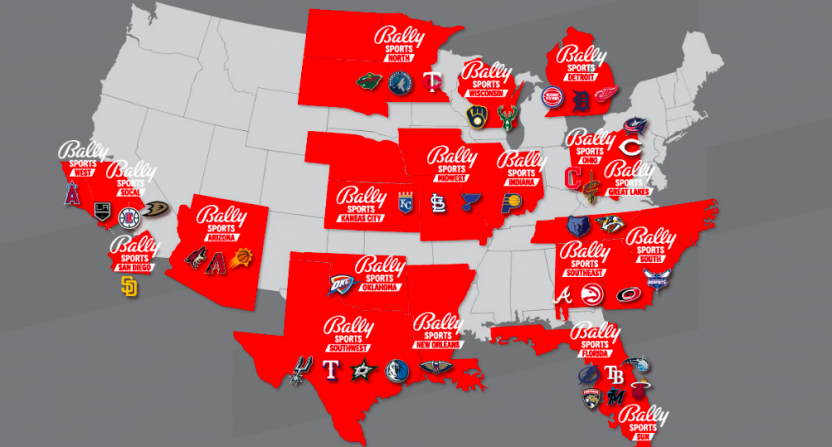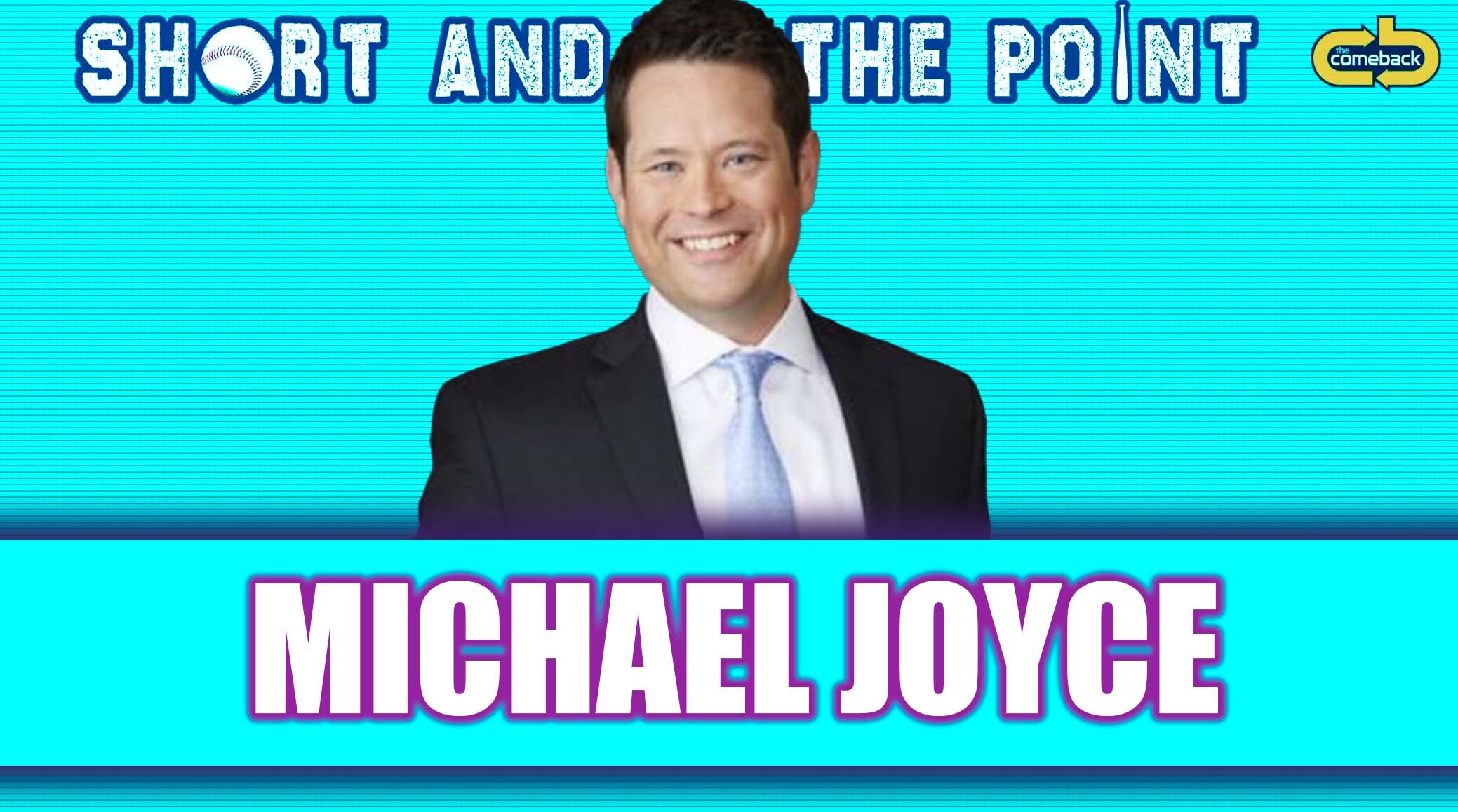The first regional sports network launched 54 years ago in New York with a 125-game deal for New York Knicks and Rangers games. It would take more than a decade for more RSNs to emerge as the cable industry slowly grew. By the 1990s RSNs exploded onto the sports scene, with both businesses reaching their apogee in 2010 when more than 100 million households had a cable connection. It’s been all downhill since, with the number of cable households down more than 30 percent from that peak with cord cutting only intensifying and younger generations never connecting to the bundle.
Now the question is not what the next 54 years holds in store for RSNs, but whether there will be an RSN business as we have known it in the coming years. The decline is startling. Take court documents filed earlier this month by Diamond Sports Group, the parent company of Bally Sports Regional Network, detailing just how rapidly the business slumped.
Diamond’s own parent in 2019 Sinclair had bought the RSN business, which then covered 42 NBA, NHL and MLB teams, and early that year projected the networks would generate $1.5 billion of cash flow in 2020, according to the filing.
Ten months later in February 2020, Diamond lowered that cash flow estimate to $1 billion, and then by July, lowered it again to $750 million, or half the projection it made shortly before acquiring the beleaguered media company, which is currently in Chapter 11 proceedings.
In fact, Diamond Sports Group, which is suing its former parent Sinclair, wrote in the lawsuit that for all intents and purposes the RSN business was “insolvent” as far back as 2020.
“In April 2020 and for months afterwards, Sinclair’s internal models showed DSG “fail[ing]” industry standard solvency tests,” the lawsuit alleges. “As of September 2020, according to Sinclair’s own financial reporting, DSG had to write off $4.2 billion in goodwill, leaving DSG with billions of dollars in negative equity.”
So to rehash the state of the RSN business, the biggest purveyor has allegedly been insolvent since 2020, Warner Bros Discovery is getting out of the business, and teams and league are scrambling to offer streaming only options that for the foreseeable future will not replace the RSN rights fees.
“You are starting to see that teams either on their own or in partnership with other local market teams or in the case of baseball with MLB are trying to kind of take a little bit more direct control,” said William Mao, SVP of Octagon’s global media rights Consulting Group.
MLB is broadcasting Arizona Diamondbacks and San Diego Padres games on over the air linear channels and selling streams directly in the market. The Phoenix Suns took back their rights from Bally Sports and have an over the air, streaming setup too for the upcoming season.
A small movement thus far, this over the air plus streaming option is one sure to grow as Bally Sports rejects more contracts in Chapter 11, and entities like Warner Bros return rights to the teams.
While that all sounds good, the money is not going to be the same. RSNs could pay huge rights fees because they received fees from every cable subscriber, sports fan or not. Those salad days are over, and pricey streams and ads sales on free TV are not going to fill in the gap.
It is only a matter of time before it reaches the players’ income, Mao predicted. “It naturally happens because the local market media rights, I think the last time I looked at it, depending on the league, could end up being, you know, a third or more of a team specific operating revenues.
“You may start to see that overall salaries are going to take a dip,” he said.
And Mao said the tech companies are not riding over the horizon to save the day for local media rights.
“There have been times in the past where some of these big tech players, where we’re getting into local market rates… I feel like that has definitely cooled. They’re more focused on trying to get global deals.”
So what does the future hold for RSNs? In some markets, they will hold on, particularly team owned ones, whether that’s the YES Network in New York, NESN in Boston, Marquee in Chicago or MASN in Baltimore/Washington, DC. These channels will persist as long as there is a cable bundle because rights fees are largely not an issue as the team and cable channel are one in the same. Many of these channels already offer their own paid streaming service, but if the number of cable homes drops below 50 million in coming years, it’s unclear if these outlets can survive.
What happens with the more than three dozen teams locked into the bankrupt Bally Sports embrace is the big unknown. The company’s reorganization plan is due in a month, leaving NHL and NBA teams little time to arrange TV coverage if the plan rejects their contracts. But even if it doesn’t, Bally Sports may seek to renegotiate the rights fees lower. Then teams will have to assess whether that’s still better than going it alone.
It’s been a long time since RSNs entered the lexicon with the New York Knicks and Rangers offering. Given the collapsing model and new platforms, it may soon be time for new verbiage. The Bundle-less Sports Network anyone?







